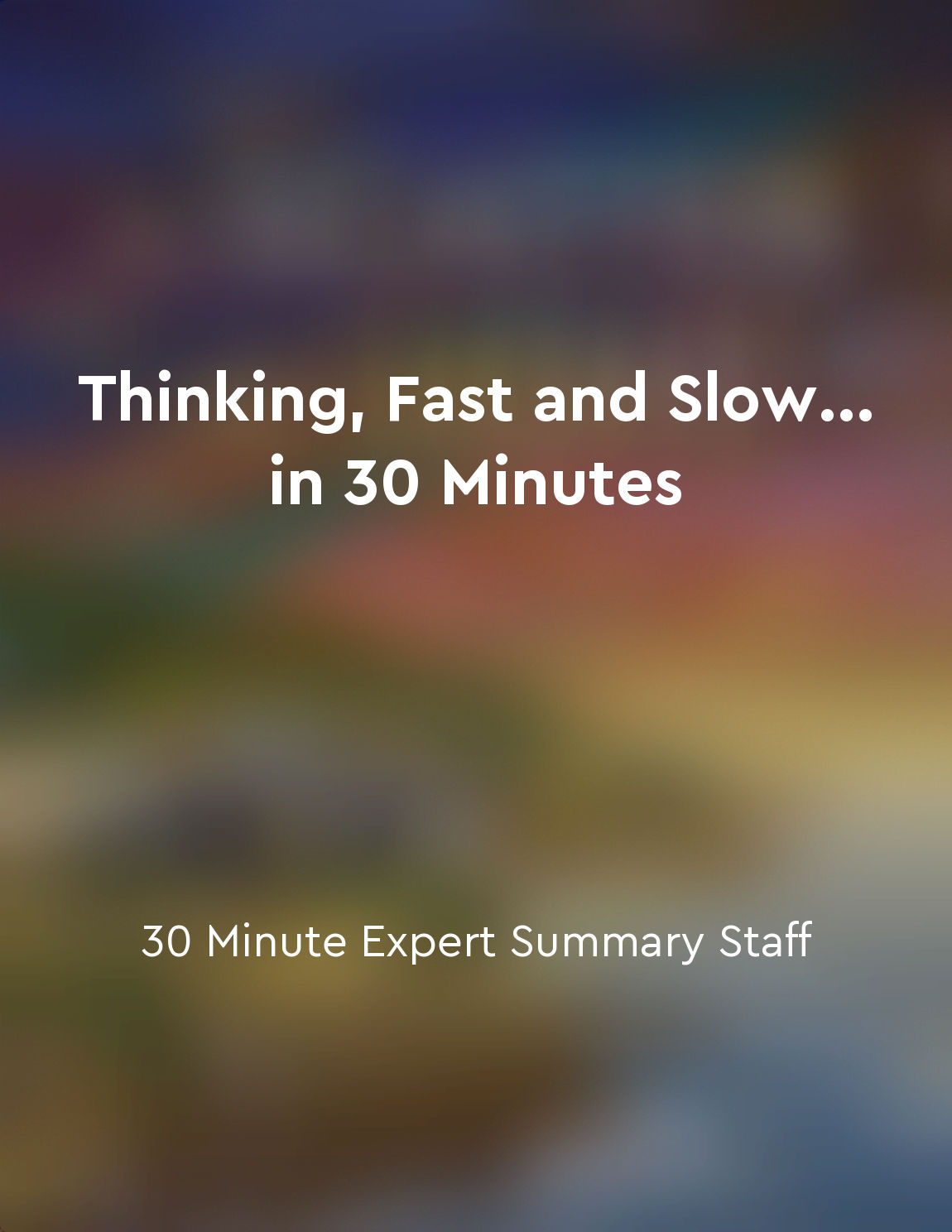Resampling methods can assess the robustness of results from "summary" of Statistics for Censored Environmental Data Using Minitab and R by Dennis R. Helsel
Resampling methods provide a way to test the stability of results by repeatedly sampling from the data. This technique involves generating multiple datasets by randomly selecting observations from the original dataset. By analyzing these resampled datasets, researchers can assess the variability and robustness of their results. One common resampling method is bootstrapping, which involves creating numerous bootstrap samples by sampling with replacement from the original dataset. This approach allows researchers to estimate the variability of a statistic without making assumptions about the underlying distribution of the data. By repeatedly resampling the data, researchers can examine the range of possible outcomes and evaluate the stability of their results. Another resampling method is cross-validation, which involves splitting the data into training and testing sets multiple times. By fitting models to the training data and then testing them on the holdout data, researchers can assess the generalizability of their models. Cross-validation helps to identify overfitting and evaluate the robustness of statistical models. Resampling methods can also be used to assess the sensitivity of results to different assumptions or modeling choices. By varying parameters or assumptions in the resampling process, researchers can explore how different scenarios affect their results. This sensitivity analysis can help researchers understand the limitations of their analyses and make more informed decisions.- Resampling methods provide a powerful tool for assessing the robustness of results in statistical analyses. By generating multiple datasets and exploring different scenarios, researchers can gain insight into the variability and stability of their results. This approach can help researchers make more reliable conclusions and improve the quality of their statistical analyses.
Similar Posts
Data cleaning is important to ensure accurate analysis
Data cleaning is a crucial step in the data analysis process. It involves identifying and correcting errors in the data to ensu...
Embrace the complexity of censored data analysis for effective environmental decisionmaking
The analysis of censored environmental data is a challenging task that requires a deep understanding of statistical methods and...
Consider all perspectives
When making decisions, it is crucial to consider all perspectives. This means looking at a situation from various angles, weigh...

Selfcontrol requires effort
In everyday life, we are constantly faced with decisions that require self-control. Whether it's resisting the temptation to ea...
Time series analysis is used to forecast future trends based on historical data
Time series analysis is a powerful method for predicting future trends by examining historical data. This technique is particul...
Random forests are an ensemble of decision trees that improve prediction accuracy
Random forests are a powerful technique for predictive modeling that leverages the concept of ensemble learning. In ensemble le...
Handling leftcensored data requires specific approaches
Left-censored data poses unique challenges in statistical analysis, as it contains values that are known to be below a certain ...

